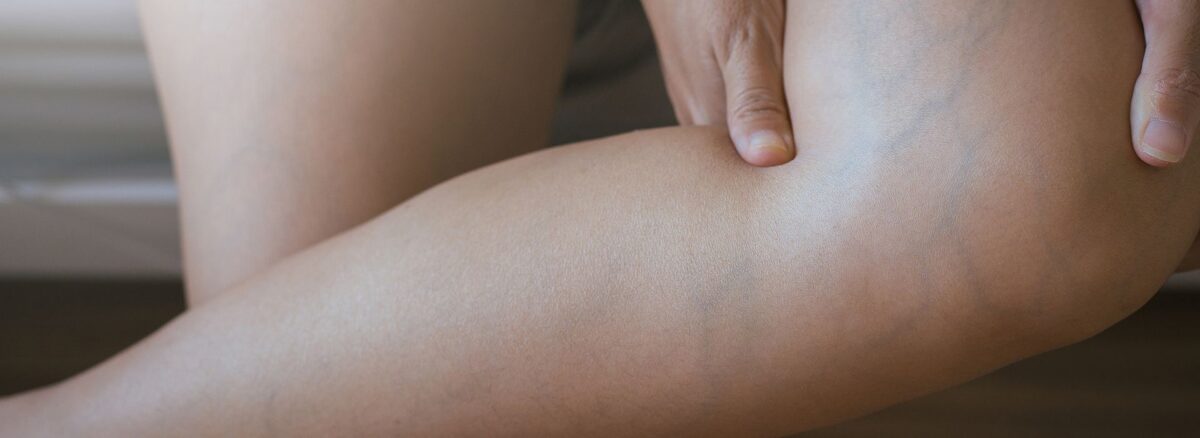Have you ever wondered when it’s the right time to consult a vascular doctor for issues related to varicose veins? Varicose veins are a common vascular condition that can cause discomfort and affect your overall well-being. In this comprehensive guide, we’ll explore the signs that indicate the need to see a vascular doctor and delve into the crucial question many individuals have – how much does varicose vein treatment cost?
Recognizing The Signs
The first step in understanding when to see a vascular doctor is recognizing the signs of varicose veins. These twisted, enlarged veins can appear dark blue or purple and are often visible just beneath the surface of the skin. If you notice any of the following symptoms, it may be time to schedule a consultation with a vascular specialist:
- Visible Veins: The most apparent sign of varicose veins is the appearance of swollen, twisted veins on the legs or other parts of the body.
- Pain And Discomfort: Varicose veins can cause pain, aching, or a feeling of heaviness in the affected area, especially after prolonged periods of standing or sitting.
- Swelling: Swelling, particularly in the ankles and feet, can be an indication of venous insufficiency, a common cause of varicose veins.
- Skin Changes: Changes in the skin around the affected veins, such as discoloration or the development of sores, may signal more advanced vascular issues.
Risk Factors And Early Intervention
Understanding the risk factors associated with varicose veins can help you determine when to seek professional advice. Factors that increase the likelihood of developing varicose veins include:
- Genetics: A family history of varicose veins can predispose individuals to this condition.
- Age: The risk of developing varicose veins tends to increase with age.
- Gender: Women are more likely than men to develop varicose veins, particularly during pregnancy.
- Occupation: Jobs that involve prolonged periods of standing or sitting can contribute to the development of varicose veins.
Early intervention is crucial for managing varicose veins effectively. If you identify with any of the risk factors or notice symptoms, it’s advisable to consult a vascular doctor promptly. Addressing the issue in its early stages can prevent complications and reduce the overall cost of treatment.
Importance Of Professional Consultation
Seeing a vascular doctor is essential for an accurate diagnosis and personalized treatment plan. A vascular specialist will conduct a thorough examination, which may include:
- Medical History: A detailed review of your medical history to identify potential risk factors and underlying health issues.
- Physical Examination: A careful examination of the affected area to assess the severity of varicose veins and identify any related complications.
- Diagnostic Tests: In some cases, diagnostic tests such as ultrasound may be performed to get a clearer picture of the blood flow in the affected veins.
Professional consultation not only provides an accurate diagnosis but also allows the vascular doctor to recommend appropriate treatment options based on the specific needs of the patient.
Treatment Options And Their Costs
Once a diagnosis is established, the vascular doctor will discuss suitable treatment options. The cost of varicose vein treatment can vary depending on several factors, including the severity of the condition, the chosen treatment method, and geographic location. Common treatment options and their associated costs include:
- Compression Stockings: These are often recommended for mild cases of varicose veins and can cost between $50 and $100.
- Sclerotherapy: This minimally invasive procedure involves injecting a solution into the affected veins to close them off. Sclerotherapy can cost between $200 and $500 per session.
- Endovenous Laser Treatment (Evlt): A laser is used to seal off the affected vein, and the cost typically ranges from $600 to $3,000 per leg.
- Surgical Procedures: In more severe cases, surgical interventions such as vein stripping or ligation may be recommended. The cost of surgical procedures can range from $1,500 to $3,000 or more, depending on the complexity.
It’s important to note that health insurance may cover a portion of the treatment costs, particularly if varicose veins are causing significant symptoms or complications. Patients are advised to check with their insurance providers to understand the extent of coverage.
Factors Influencing Treatment Costs
Several factors can influence the overall cost of varicose vein treatment:
- Geographic Location: Treatment costs can vary significantly based on the region and local healthcare market.
- Severity Of Varicose Veins: The extent and severity of the varicose veins play a role in determining the complexity of treatment, thus affecting costs.
- Choice Of Treatment: Different treatments have different associated costs, with more advanced procedures generally being more expensive.
- Health Insurance Coverage: The extent of coverage provided by health insurance can impact the out-of-pocket expenses for the patient.
Conclusion:
Knowing when to see a vascular doctor for varicose veins is crucial for maintaining vascular health and preventing potential complications. Early intervention, coupled with professional guidance, can significantly impact the success of treatment and overall costs. Understanding the various treatment options and their associated expenses empowers individuals to make informed decisions about their vascular health. If you’re experiencing symptoms or have concerns about varicose veins, don’t hesitate to schedule a consultation with a vascular doctor to explore the most suitable and cost-effective treatment options for your specific needs.
